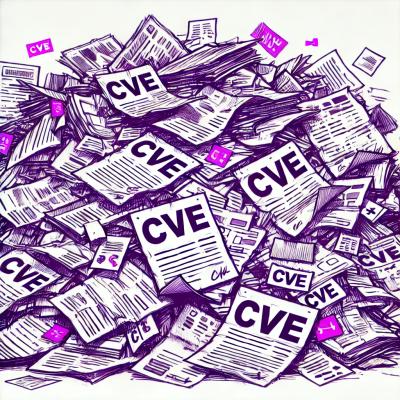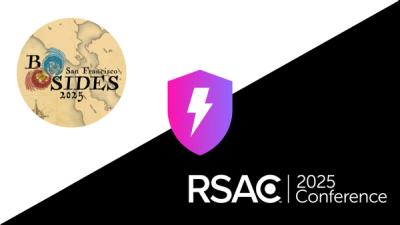
Security News
NVD Concedes Inability to Keep Pace with Surging CVE Disclosures in 2025
Security experts warn that recent classification changes obscure the true scope of the NVD backlog as CVE volume hits all-time highs.
@aurigma/design-atoms
Advanced tools
Design Atoms is a part of Customer's Canvas SDK which allows for manipulating individual design elements through your code.
Design Atoms is a part of Customer's Canvas SDK which allows manipulating individual elements of a design edited in the Customer's Canvas web-to-print editor. If you think of Customer's Canvas editor as a browser, you may consider Design Atoms as a DOM API.
For example, you may import a template to Customer's Canvas, then use Design Atoms to iterate all items, find, say, text elements named, say, Name and change its value. Or you can create a brand new design and pass it to Customer's Canvas.
Important! This package won't work alone. Design Atoms consists of a frontend part (this package) and a backend part (search for a package called Aurigma.DesignAtoms in NuGet). To be able to use Design Atoms, you need to connect it to a backend. See below for details.
Just run
npm install @aurigma/design-atoms --save
Then, you may import modules to your project and start using them.
import { Product } from "@aurigma/design-atoms/Model/Product";
let product = new Product([new Surface(100, 100)]);
// ...
However, to be able to use it in a full force, you need to connect it with a backend.
There are two main ways to get a backend - create your own backend using the Aurigma.DesignAtoms NuGet package or hook it to an existing Customer's Canvas instance.
This way is a good option if you don't need the editor but rather need to manipulate designs through the JavaScript/TypeScript or C# code and render the result in your application. Also, it is a way to go if you want to create a custom editor based on the Viewer control. Another purpose is to handle the output from Customer's Canvas in a separate application.
To do it, you need to create a .NET Web API project, add a reference to Aurigma.DesignAtoms NuGet package and expose the necessary endpoints.
You can download a sample backend implementation from GitHub and use this sample solution as a separate object or merge it with your existing ASP.NET application.
You can use a running instance of either custom backend or Customer's Canvas 5. To connect to your backend, add the following code.
const backendUrl = "http://<yourInstanceUrl>";
const holderId = "#id-of-your-div";
const holder = document.querySelector(holderId) as HTMLDivElement;
const viewer = new Viewer({
holderElement: holder,
backendUrl: backendUrl,
canvasBackground: { color: "white" }
});
Refer Customer's Canvas documentation for more details on how to use this package:
FAQs
Design Atoms is a part of Customer's Canvas SDK which allows for manipulating individual design elements through your code.
We found that @aurigma/design-atoms demonstrated a healthy version release cadence and project activity because the last version was released less than a year ago. It has 0 open source maintainers collaborating on the project.
Did you know?

Socket for GitHub automatically highlights issues in each pull request and monitors the health of all your open source dependencies. Discover the contents of your packages and block harmful activity before you install or update your dependencies.

Security News
Security experts warn that recent classification changes obscure the true scope of the NVD backlog as CVE volume hits all-time highs.

Security Fundamentals
Attackers use obfuscation to hide malware in open source packages. Learn how to spot these techniques across npm, PyPI, Maven, and more.

Security News
Join Socket for exclusive networking events, rooftop gatherings, and one-on-one meetings during BSidesSF and RSA 2025 in San Francisco.